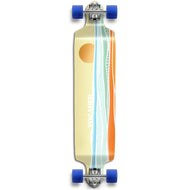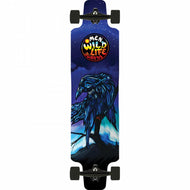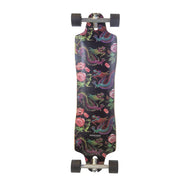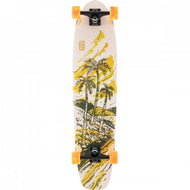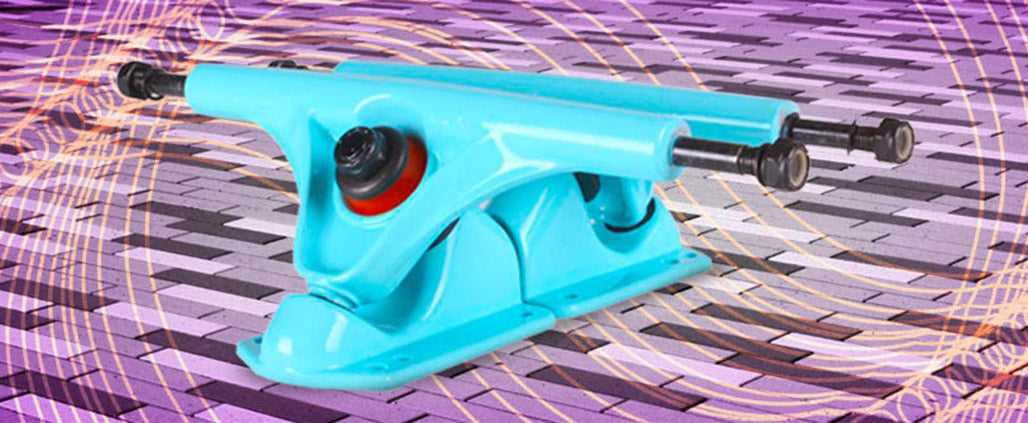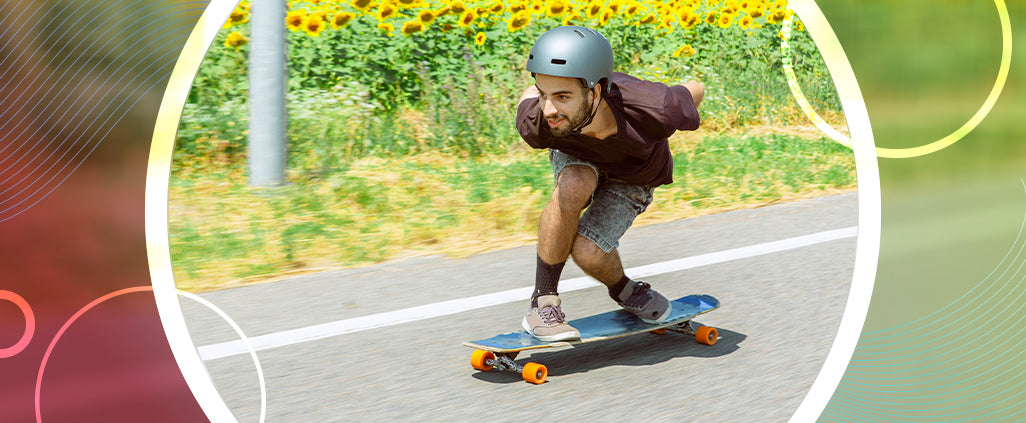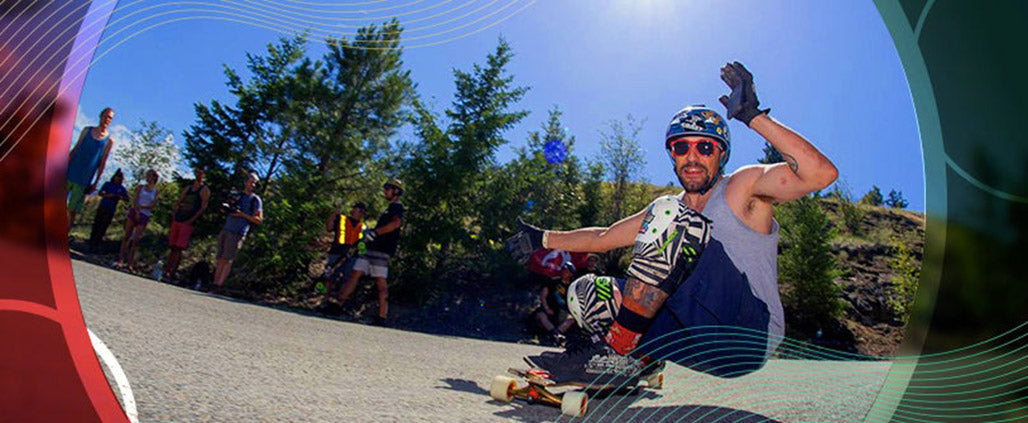
The 4 Easy Tricks for Freestyle Longboarding
As its name suggests, freestyle means style freedom, therefore a freestyle longboard is not a specific type but rather versatile as it should allow you to freely do any type of longboard, such as freeride, downhill, cruising, or dance.
Although there is no universal longboard perfect for freestyle, as they can have different shapes ideal for the rider, we must take into account several important factors that will make a longboard can be useful for freestyle.
Freestyle also includes street and skateparks along with street skaters. The type of longboard needed for the park and pool has different characteristics than old school streets and even new school and dance tricks.
To make tricks and drifts easier for the rider to do freely, a freestyle longboard must have:
- Little flex, rigid board to be able to skid (freeride).
- If we do not want to flex better than the longboard is made of wood, it can be Canadian maple.
- It should be an agile board, not too heavy, to be able to perform tricks.
- It should have a high nose and tail to be able to perform tricks well.
- It must have lateral concavity to be able to throw skids and tricks such as flips.
Talking about tricks there are hundreds of freestyle tricks and variations, from basic pivots to super complex kickflip combinations with the strangest names.
Easy freestyle longboarding trick
-
Nose manual
A nose manual makes a great introduction to the world of freestyle longboarding. If you are already able to just stand on your longboard while it’s cruising, this is the first step in learning balancing tricks.
The nose manual involves riding on your front wheels while lifting your back wheels off the ground. You start by moving your front foot up to the nose of your longboard, shifting your bodyweight slightly onto that front foot.
Depending on the length of your board, you may need to move your rear foot up a bit towards the center. You can note that the rider in this video is on a very longboard, which is not typically the case for freestyle boards – this looks more like a dancing board.
The clue is to find just the right amount of shifting your shoulders and hips toward the front to tip your board onto its front truck without completely toppling it forward. This will take some patience and practice, but it’s a fantastic and risk-free exercise that will get you started with freestyle techniques.
-
Pivot
A pivot is a manual nose coupled with a 180º spin of your longboard on your front wheels. Just like the manual, you start from your normal riding stance by moving your front foot up to the nose of the board, and your rear foot toward the center of the board.
You also shift some of your body weight onto your front foot to get the rear wheels off the ground. But at the same time, you start rotating your shoulders and hips, pivoting on your front foot, and swinging your board with your back foot into a half turn, bringing your back foot to the front.
With a little practice, you should soon master pivots, which again will provide you with a solid base for more complex techniques.
-
Shove-it
The frontside shove-it (aka “shuvit”) goes one step further from the pivot, in that you switch stance right as you finish spinning your board 180º. As a result, you end up in your natural riding stance, vs. in switch with the pivot.
Like in the pivot, you start in a normal stance and move your foot and body weight onto the nose, and spin the board on its front wheels by swinging your back foot around.
Here, you perform a subtle jump to flip yourself around at the same time that the board rotation is completing, so you end up in your initial stance even though the longboard was flipped 180º.
In other words, your back foot still drives the board to swing it around, but before the swing is over you perform a subtle jump to switch feet.
This trick is a bit harder than the previous ones, but it’s cool looking and a great feeling when you succeed at it.
-
Tiger Claw
The tiger claw is a slick-looking, flowing technique that doesn’t involve complex balancing and weight shifts.
As you ride, you move your back foot onto the real kicktail of your longboard, and your front foot toward the center. While the previous tricks started with moving your front foot onto the board nose, this one starts by kicking the back tail. With your foot and some of your weight on the rear tail of the board, you lift your front foot off the board and step onto the ground. As a result, the nose of your board comes up toward your hand.
You grab the board with your front hand while you step on the ground, you swing the board 360º with your hand, then put it back down in a rolling position underneath you while still walking.
At the same time as you put the board down, you jump back on it and resume riding.
As you can see this technique doesn’t involve any complex tricks, the difficulty is to perform it in a fluid and continuous motion, as that’s what gives it style.
A quick tip: Before kicking the tail of the board, try putting your front foot closer to the edge so that when you take your front foot off and the board comes up, it does so in a rocking motion that you will continue with your hand.
So yes, freestyle longboarding is a high-skill riding style that requires some patience and work. However, whatever your riding level, age, and build, if you're in reasonably good shape and have decent balance skills, you can get into this awesome discipline by starting with the easiest tricks we've seen and going up from there.
If you don't think you're ready for this kind of maneuver yet, first get in shape by doing some easy tricks on your longboard getting familiar with the movement, balance, and turns. After a while, you'll feel confident enough to try a simple pivot or a manual nose. Now that you know about some tricks, what are you waiting to start? Find out more at Longboards USA Good luck!

